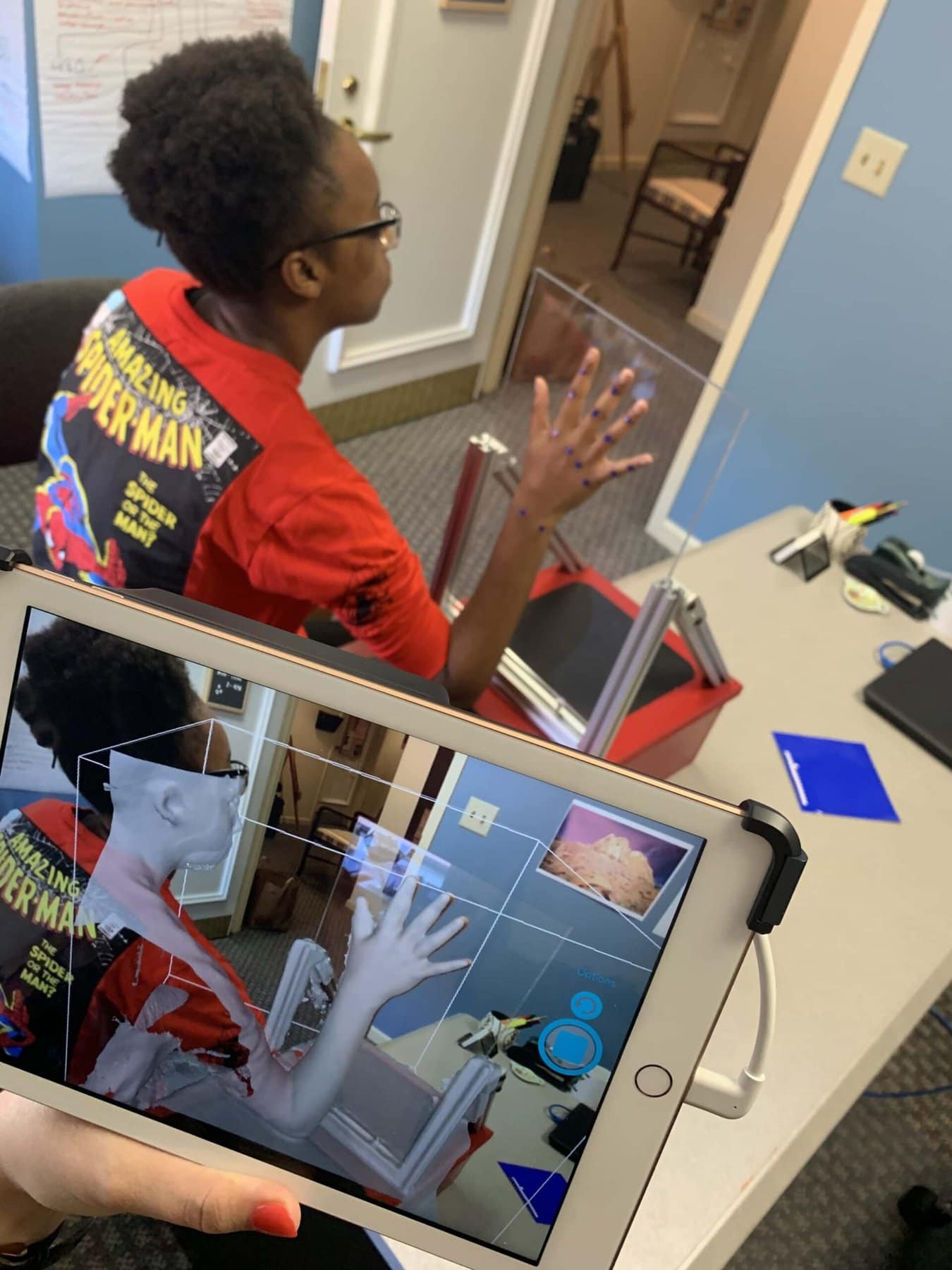
Written by Alison Reeger-Cook
According to the National Fire Protection Association, about 78,000 of the 1.1 million firefighters in the U.S. are women. Despite initiatives to include more women in this field, female firefighters often have to use personal protective equipment (PPE) that is manufactured for men, resulting in ill-fitting protective wear the inhibits their mobility and exposes them to thermal hazards. One long-term study, titled NC170, has created a 14-university coalition to develop solutions to this issue. The coalition’s newest member is Brenau University.
“It is a big deal to be included on the NC170 study. Brenau is the only non-research institute to be included, and we are providing support to the other schools on this project. This is a really exciting opportunity,” says Dr. Robin Carufel, assistant professor of fashion design at Brenau.
Size Firefighter is the current research project of NC170 and its aim is to improve and custom fit PPE for female firefighters in the U.S. It involves creating a nationwide anthropometric database, recording measurements specifically for hands, feet, heads and full bodies. Other universities included in on the Size Firefighter project are the University of Minnesota, Iowa State University, the University of California, Cornell University and Colorado State University.
While earning her Ph.D., Carufel was a lab manager in the Human Dimensioning Laboratory at the University of Minnesota. She would scan participants with body scanners and helped write the protocols for the database that would be used for Size Firefighter. Her participation in the project is what led to Brenau becoming a member of the coalition.
The hope is to incorporate aspects of NC170 in the classroom and teach Brenau students how full-body scanners are used in virtual pattern design and construction. This technology can be used in all kinds of careers, including fashion design and clothing/equipment manufacturing. Carufel also plans for community outreach with the body scanners, offering workshops about fashion design and working with local clothing businesses to generate databases to help custom fit products to their customers.
“I’m passionate about sizing and fit, and making sure other people are doing things that are realistic rather than idealistic,” says Carufel. “That is how I’d like to change the industry — better sizing and more inclusivity in sizing. It’s something I can bring to the students, to give them a good foundation in good sizing. It doesn’t matter how pretty your patterns are. People won’t want your designs if they don’t fit.”

